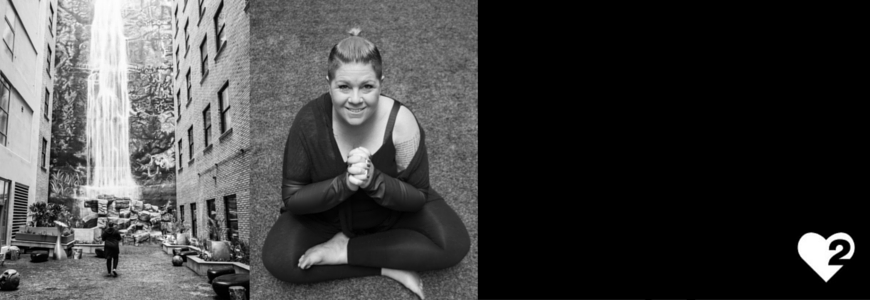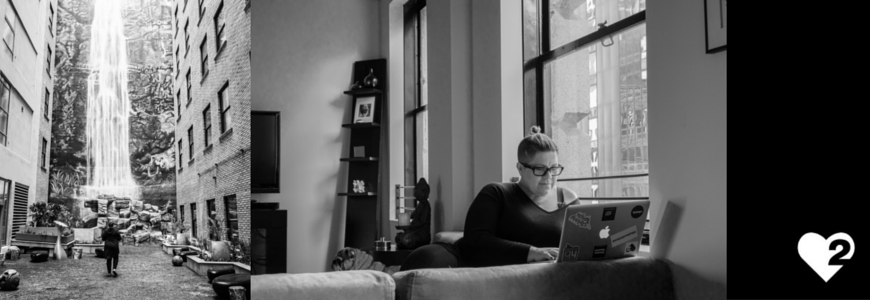Don’t ever take a fence down until you know why it was put up. Robert Frost
Advice is tricky. Have you ever received bad advice? Good advice? How did you know?
As long as I have been in business, I learned very early on about the concept of context. So let’s begin by defining context, shall we?
Context
(noun) the circumstances that form the setting for an event, statement, or idea, and in terms of which it can be fully understood and assessed.
This is where “good advice” turns bad. Context. Without it, our well meaning advice can actually be harmful.
Context is about understanding the BIG picture. My clients know, whenever a question is asked, my response almost always goes something like this…
What is your objective?
What outcome are you seeking?
Can you provide a little more context around this question?
I see it everyday. A question comes up about pricing, and so many are quick to share what they believe is absolute truth, again, without knowing the context of the question, the objective of the business, the model of the business, the marketing position of the brand. Not awesome my loves, not awesome, at all.
The internet is full of great advice, but with that comes the issue of lack of context.
One of the best ways to illustrate this concept of context is The Celery Test, which I found years ago in the book Start With Why by Simon Sinek. I was beyond excited when I found this example as it confirmed for me why I always asked the questions I asked before “dishing out advice”.
The Celery Test by Simon Sinek
“Imagine you go to a dinner party and someone comes up to you and says, “You know what you need in your organization? M&M’s. If you’re not using M&M’s in your business, you’re leaving money on the table.”
Somebody else comes up to you and says, “You know what you need? Rice milk. The data shows that all the people are buying rice milk these days. You should be selling rice milk in this economy.”
While you’re standing over the punch bowl, yet another person offers some sage advice. “Oreo cookies,” he says. “We made millions from implementing Oreo cookies in our organization. You’ve got to do it.”
Still somebody else comes up to you and says, “Celery. You’ve got to get into celery.”
You get all this great advice from all these highly accomplished people. Some of them are in the same industry. Some of them are more successful than you. Some of them have offered similar advice to others with great success. Now, what do you do?
You go to the supermarket and you buy celery, rice milk, Oreos and M&M’s. You spend a lot of time at the supermarket walking the aisles. You spend a lot of money because you buy everything. But you may or may not get any value from some or all of these products; there are no guarantees. Worse, if you’re budget-constrained, you had to whittle down your choices again. And then which do you choose.
But one thing’s for sure: when you’re standing in line at the supermarket with all these items in your arms, your celery, rice milk, Oreos and M&Ms, nobody can see what you believe. What you do is supposed to serve as tangible proof of what you believe, and you bought everything.
But what if you knew your WHY before you went to the supermarket? What if your WHY is to do only things that are healthy? To always do the things that are good for your body? You’ll get all the same good advice from all the same people, the only difference is, the next time you go to the supermarket, you’ll buy only rice milk and celery. Those are the only products that make sense. It’s not that the other advice isn’t good advice; it’s just not good for you. The advice doesn’t fit.
Filtering your decisions through your WHY, you spend less time at the supermarket and you spend less money, so there’s an efficiency advantage also. You’re guaranteed to get value out of all the products you bought. And, most importantly, when you’re standing in line with your products in your arms, everybody can see what you believe. With only celery and rice milk it’s obvious to people walking by what you believe. “I can see that you believe in looking after your health,” they may say to you. “I feel the same way. I have a question for you.” Congratulations. You just attracted a customer, an employee, a partner or a referral simply by making the right decisions. Simply ensuring that WHAT you do proves what you believe makes it easy for those who believe what you believe to find you. You have successfully communicated your WHY based on WHAT you do.
This is an idealistic concept and in the real world that level of discipline is not always possible. I understand that sometimes we have to make short-term decision to pay bills or get some short-term advantage. That’s fine. The Celery Test still applies. If you want a piece of chocolate cake, go right ahead. The difference is, when you start with WHY, you know full well that the chocolate cake is a short-term decision that doesn’t fit with your beliefs. You’re under no illusions. You know you are only doing it for the short-term sugar rush and you’ll have to work a little harder to get it out of your system. It’s astounding the number of business I see that view an opportunity as the one that’s going to set them on a path to glory, only to have it blow up or slowly deflate over time. They see the chocolate cake and can’t resist. Starting with WHY not only helps you know which is the right advice for you to follow, but also to know which decisions will put you out of balance. You can certainly make those decisions if you need to, but don’t make too many of them, otherwise over time, no one will know what you believe.
But here’s the best part. As soon as I told you WHY, you knew that we were going to buy only celery and rice milk even before you read it. As soon as I gave you the filter, as soon as I said the WHY, you knew exactly what decisions to make before I said so.
That’s called scale.
With a WHY clearly stated in an organization, anyone within the organization can make a decision as clearly and as accurately as the founder. A WHY provides the clear filter for decision-making. Any decisions—hiring, partnerships, strategies and tactics—should all pass the Celery Test.”
If you are a coach, consultant, educator, blogger, leader, influencer, or advice seeker, please be mindful that you may not have the “whole picture”, and that the advice you give, or get, may, or may not, pass The Celery Test. And while you are at it, pick up Start With Why, and become a better marketer, leader, value creator and advice giver.
Love + Awesomeness-
Nina xo





